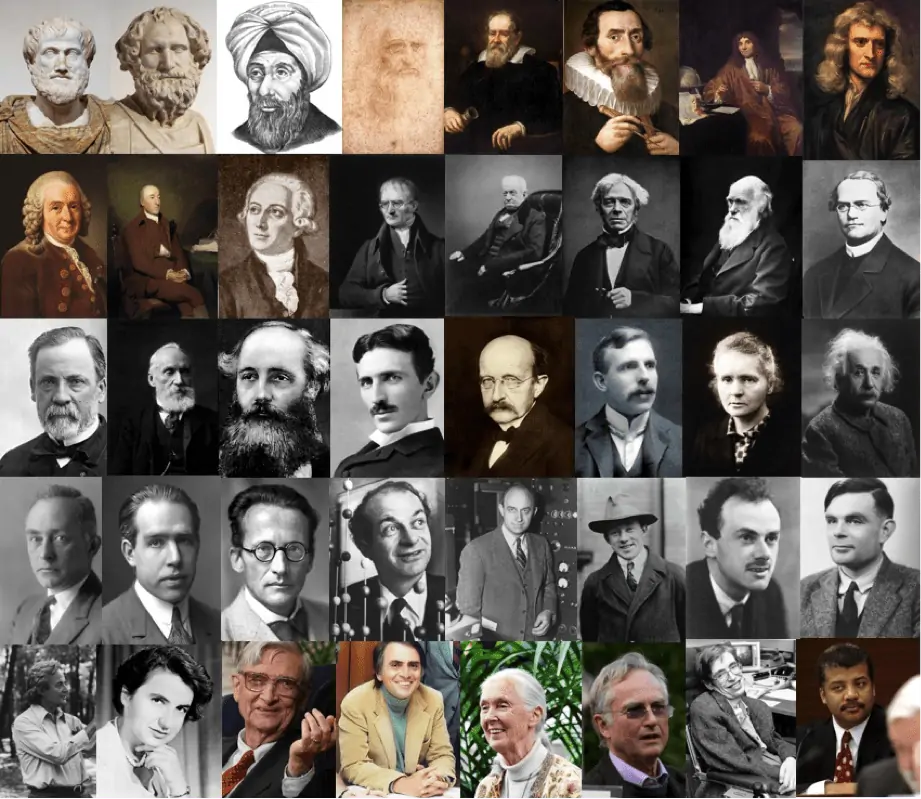Stamp: Mikhail Lomonosov and building of the Academy in Leningrad (Soviet Union, USSR 1925)
Mikhail Lomonosov and building of the Academy in Leningrad (Soviet Union, USSR 1925)
08 September (Soviet Union, USSR ) within release Bicentenary of the USSR Academy of Sciences goes into circulation Stamp Mikhail Lomonosov and building of the Academy in Leningrad face value 15 Russian kopek
| Stamp Mikhail Lomonosov and building of the Academy in Leningrad in catalogues | |
|---|---|
| Michel: | Mi: SU 299E |
Stamp is horizontal format.
Bicentenary of the USSR Academy of Sciences. Mikhail Lomonosov and building of the Academy in Leningrad.Also in the issue Bicentenary of the USSR Academy of Sciences:
- Stamp - Mikhail Lomonosov and building of the Academy in Leningrad face value 15;
- Stamp - Mikhail Lomonosov and building of the Academy in Leningrad face value 3;
- Stamp - Mikhail Lomonosov and building of the Academy in Leningrad face value 3;
- Stamp - Mikhail Lomonosov and building of the Academy in Leningrad face value 3;
- Stamp - Mikhail Lomonosov and Academy Building, Leningrad face value 3;
- Stamp - Mikhail Lomonosov and Academy Building, Leningrad face value 3;
- Stamp - Mikhail Lomonosov and Academy Building, Leningrad face value 3;
- Stamp - Mikhail Lomonosov and Academy Building, Leningrad face value 15;
- Stamp - Mikhail Lomonosov and Academy Building, Leningrad face value 15;
- Stamp - Mikhail Lomonosov and Academy Building, Leningrad face value 15;
Stamp Mikhail Lomonosov and building of the Academy in Leningrad it reflects the thematic directions:
Architecture (Latin architectura, from the Greek ἀρχιτέκτων arkhitekton "architect", from ἀρχι- "chief" and τέκτων "builder") is both the process and the product of planning, designing, and constructing buildings and other physical structures. Architectural works, in the material form of buildings, are often perceived as cultural symbols and as works of art. Historical civilizations are often identified with their surviving architectural achievements.
Art is a diverse range of human activities in creating visual, auditory or performing artifacts (artworks), expressing the author's imaginative or technical skill, intended to be appreciated for their beauty or emotional power. In their most general form these activities include the production of works of art, the criticism of art, the study of the history of art, and the aesthetic dissemination of art. The oldest documented forms of art are visual arts, which include creation of images or objects in fields including painting, sculpture, printmaking, photography, and other visual media. Architecture is often included as one of the visual arts; however, like the decorative arts, or advertising, it involves the creation of objects where the practical considerations of use are essential—in a way that they usually are not in a painting, for example. Music, theatre, film, dance, and other performing arts, as well as literature and other media such as interactive media, are included in a broader definition of art or the arts. Until the 17th century, art referred to any skill or mastery and was not differentiated from crafts or sciences. In modern usage after the 17th century, where aesthetic considerations are paramount, the fine arts are separated and distinguished from acquired skills in general, such as the decorative or applied arts.
Science is a systematic discipline that builds and organises knowledge in the form of testable hypotheses and predictions about the universe.Modern science is typically divided into two or three major branches: the natural sciences (e.g., physics, chemistry, and biology), which study the physical world; and the behavioural sciences (e.g., economics, psychology, and sociology), which study individuals and societies.The formal sciences (e.g., logic, mathematics, and theoretical computer science), which study formal systems governed by axioms and rules, are sometimes described as being sciences as well; however, they are often regarded as a separate field because they rely on deductive reasoning instead of the scientific method or empirical evidence as their main methodology. Applied sciences are disciplines that use scientific knowledge for practical purposes, such as engineering and medicine
A scientist is a person who researches to advance knowledge in an area of the natural sciences




